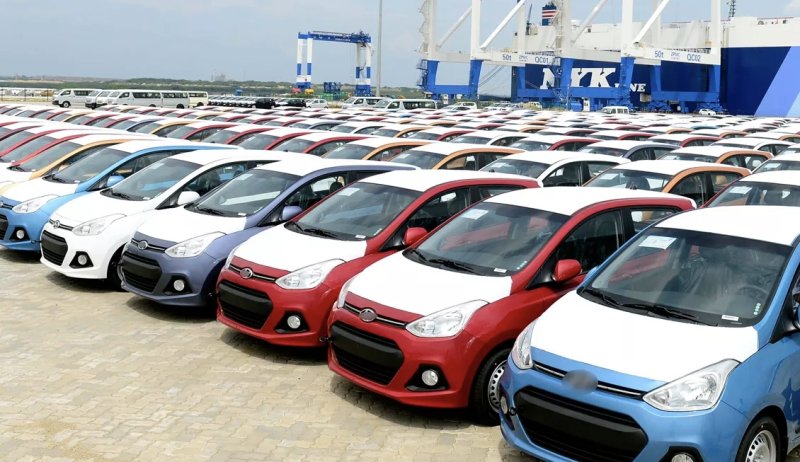
The growth was broad-based across almost all categories, signaling a steady rebound in consumer demand following the reopening of vehicle imports earlier this year.
Passenger vehicles lead the rise
Car registrations more than doubled to 4,268 in September from 2,329 a month earlier, while SUVs and crossovers surged to 5,813 from 3,800. Analysts noted that crossovers have now become the most popular vehicle segment, overtaking traditional sedans and hatchbacks.
Together, crossovers and cars reached 10,081 units, up from 6,137 in August—exceeding the monthly volumes seen before the 2020 import ban and subsequent economic crisis.
Motorcycles and three-wheelers rebound
Motorcycle registrations rose to 32,626 units, compared to 27,585 in August. Before the crisis, Sri Lanka typically registered between 30,000 and 35,000 motorcycles monthly.
Three-wheeler registrations also climbed to 3,015 units in September, from 2,497 in August, though still well below the pre-crisis average of 10,000 units per month.
Currently, a brand-new three-wheeler costs around Rs. 2 million, reflecting steep taxation and currency depreciation. In 2015, before years of monetary instability, the same vehicle was priced at around Rs. 500,000–600,000.
Economic backdrop
Vehicle imports were reopened in February 2025 after being suspended for nearly five years since 2020, when aggressive money printing and tax cuts led to a severe foreign exchange crisis.
Unlike in previous years, vehicles are now being imported without money creation, and there are no foreign exchange shortages reported in the market.
However, the rupee has weakened slightly in recent months as the Central Bank purchased dollars—injecting excess liquidity—while not adequately defending the currency when import demand picked up.
High taxation and state revenue
Taxes on motor vehicles remain extremely high, with only about one-third of the retail price contributing to foreign exchange outflows. The vehicle sector is one of the government’s largest sources of revenue, and analysts believe the current spike in registrations may partly reflect pent-up demand accumulated during the import ban years.
Before the economic crisis, Sri Lanka typically imported 5,000–6,000 cars and SUVs, around 10,000 three-wheelers, and over 30,000 motorcycles each month.